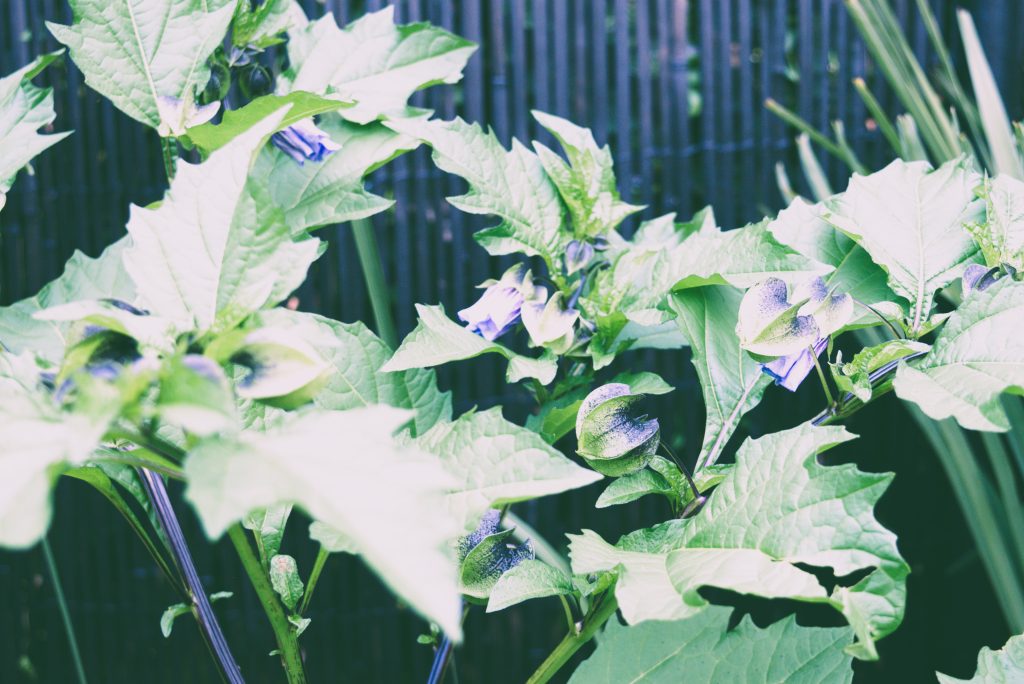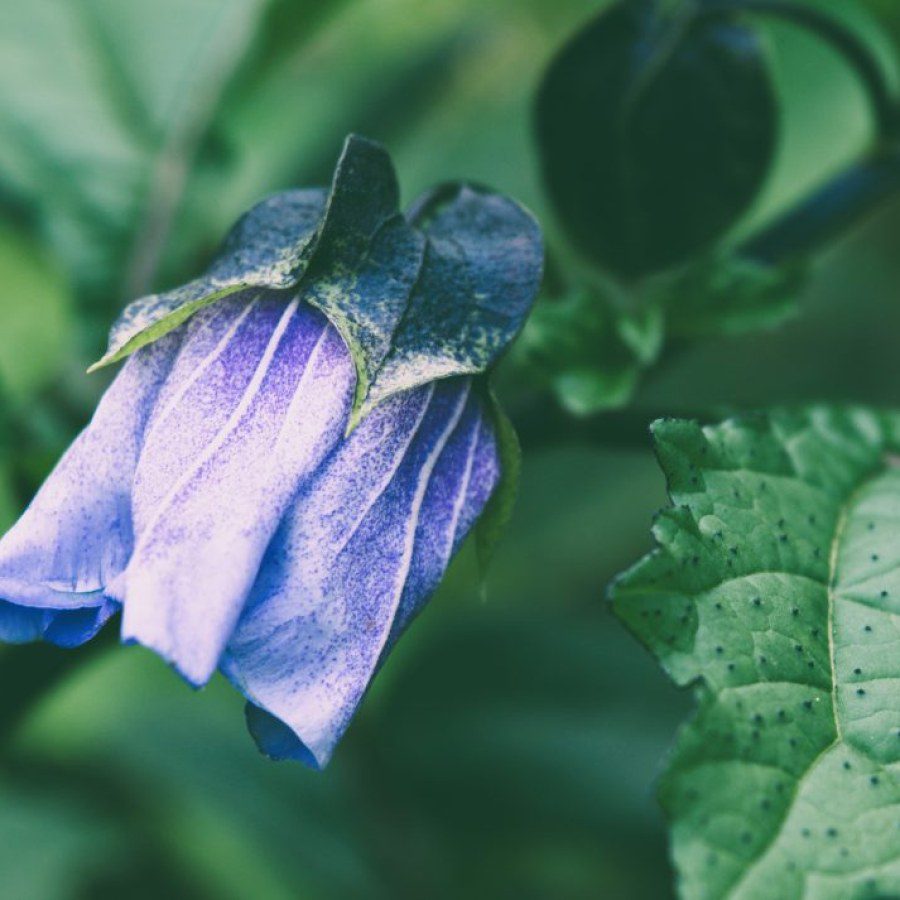Introduction
The shoo fly plant (Nicandra physalodes), also known as the Apple of Peru, is an intriguing annual from the Solanaceae family, which includes familiar species such as tomatoes, potatoes, and nightshades. Native to Peru, it was introduced to the UK in the 19th century for its attractive, bell-shaped flowers and its reputed ability to repel insects, particularly flies. Over time, the shoo fly plant has garnered interest for both its beauty and utility, though concerns about its invasive potential persist.
Is the Shoo Fly Plant Invasive in the UK?
The shoo fly plant’s status as an invasive species in the UK is a topic of debate among gardeners and ecologists.
The plant can grow rapidly and self-seed prolifically, forming dense patches if not managed properly. This characteristic gives it potential to become invasive under favorable conditions, particularly in gardens and disturbed soils. However, in the UK’s cooler climate, the plant often dies back in winter, which naturally limits its spread.
While the shoo fly plant can outcompete other garden plants by self-seeding aggressively, there is limited evidence to suggest it disrupts native ecosystems significantly. Most concerns are centered around its ability to spread in cultivated areas rather than in wild habitats.
To manage its spread, gardeners should regularly deadhead flowers before they set seed and be vigilant in removing seedlings. If the plant begins to spread undesirably, pulling young plants by hand or using mulch to suppress seedling growth can effectively control its proliferation.

History of the Shoo Fly Plant in the UK
The shoo fly plant was introduced to the UK during the 19th century, a period marked by the Victorian era’s fascination with exotic plants. Botanists and gardeners were eager to explore and cultivate unusual species from around the world. The plant’s insect-repelling properties and ornamental appeal made it an attractive addition to British gardens.
Victorian gardeners prized the shoo fly plant for its striking blue to violet flowers and its unique lantern-like seed pods. It quickly became popular in both private gardens and public botanical collections. Despite its potential for self-seeding, it was generally controlled through careful garden management practices.
How to Grow and Care for the Shoo Fly Plant in the UK
Despite its invasive potential, the shoo fly plant can be a delightful and beneficial addition to UK gardens when properly managed. Here’s how to grow and care for it:
Planting:
Start seeds indoors 6-8 weeks before the last frost date, or sow them directly into the garden after the danger of frost has passed. The seeds need light to germinate, so press them lightly onto the soil surface without covering them.
Location:
Choose a sunny spot with well-draining soil. While the shoo fly plant tolerates a range of soil types, it thrives best in fertile, loamy soils.
Growing Conditions:
The plant prefers full sun but can tolerate partial shade. Ensure it gets at least six hours of direct sunlight daily. Keep the soil consistently moist but not waterlogged. Water the plants deeply and regularly, especially during dry periods. While not heavy feeders, shoo fly plants benefit from a balanced fertilizer applied at planting time and once more during the growing season.
Maintenance:
Regularly deadhead spent flowers to encourage continuous blooming and prevent self-seeding. The shoo fly plant is generally resistant to pests and diseases, thanks to its natural insect-repellent properties. However, keep an eye out for aphids and other common garden pests. In regions with frost, the shoo fly plant will die back in winter. Collect seeds before the first frost if you wish to grow them again next season.
Conclusion
The shoo fly plant is a striking and useful addition to UK gardens, offering both aesthetic appeal and functional benefits like insect repellence. However, gardeners should be mindful of its potential to spread and take proactive measures to manage it. By understanding its growth habits and providing proper care, the shoo fly plant can be enjoyed without becoming a nuisance, maintaining its place as a cherished yet controlled member of the British garden.


